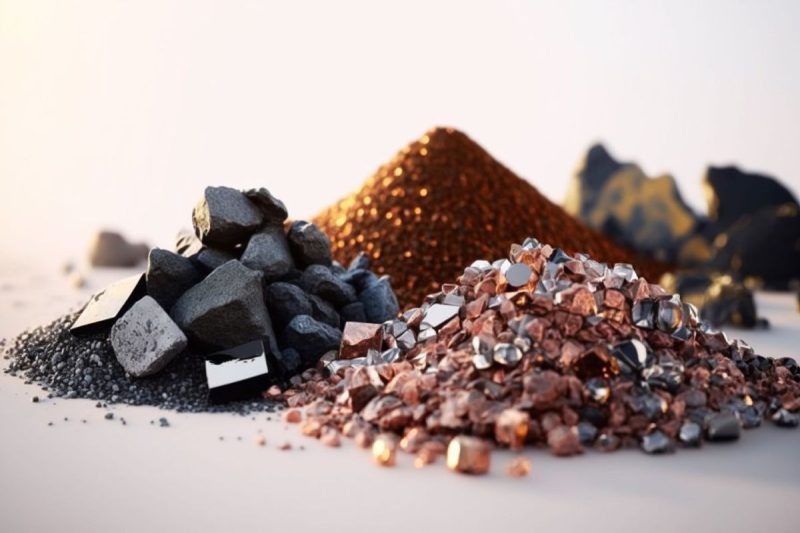Rare earth elements (REEs) are increasingly becoming an essential part of our everyday life. From the use of neodymium for magnets in electronics to the use of cerium for catalysts and combustion, REEs hold a special place in the global market. It’s no wonder why REEs are becoming so important to consumers. With the ever-increasing demand for REEs, the future of this commodity expected to be a hot topic in the near future. In this article, we will look at the rare earths market forecast for 2024 and some of the top trends that could affect REEs in 2024 and beyond.
First, let’s take a look at the forecast for the rare earths market. According to a report by Grand View Research, the global REEs market is anticipated to reach $10.3 billion by 2024. This figure is a significant increase from the valued-$3.12 billion in 2016. The growth rate of the REEs market is due to rising technological developments related to the use of REEs. As technologies become increasingly advanced, the need for REEs will only increase.
The future of REEs looks quite promising, however, to ensure the long-term sustainability of the REEs market it’s essential that certain trends are taken into consideration. One of those trends is the focus on extracting REEs from recycled materials. As the demand for REEs continues to grow, many governments and organizations around the world are attempting to tap into existing sources of REEs, such as smartphones, cars, and even oceans and rivers.
In order to remain competitive in the REEs market, it’s important for companies to stay up to date with the latest technologies and methods of extraction. By encouraging industry players to focus on extracting REEs from recycled sources, there could be a significant reduction in the mining of REEs from virgin materials.
Another trend that could have a major impact on the future of REEs is the adoption of sustainable production technologies. As the demand for green energy sources increases, the need for REEs also increases. Companies are beginning to invest in and develop efficient and sustainable production methods for REEs and this could potentially revolutionize the industry.
Finally, the development of alternatives to REEs is also expected to make an impact on the industry. As alternatives are developed, the demand for REEs may decrease. This could bring down the prices of REEs, which could, in turn, negatively affect those companies that are currently dependent on REEs.
The rare earths market forecast for 2024 looks bright but in order to ensure a sustainable market, companies must take into account the trends that could affect REEs in 2024 and beyond. By investing in sustainable production technologies, considering the extraction of REEs from recycled materials, and developing alternatives to REEs, the industry could ensure a bright future for rare earths.






